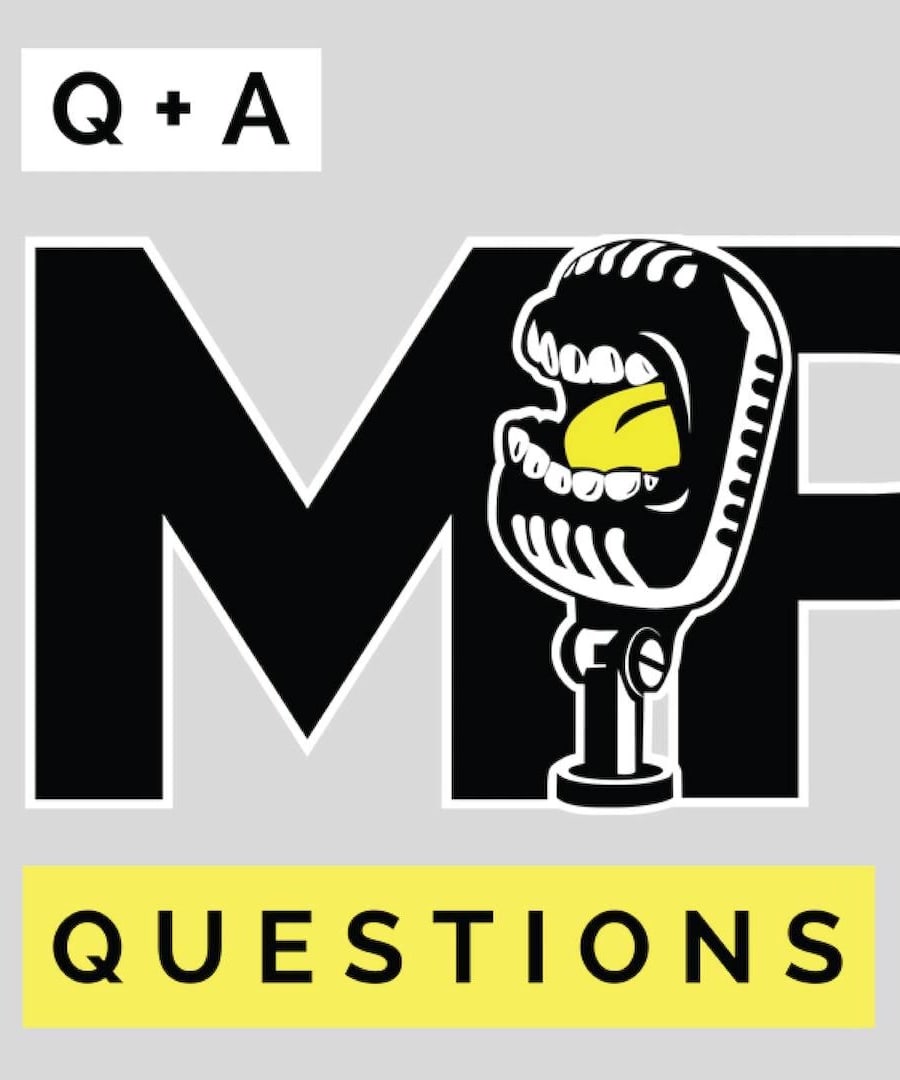What is the windmill exercise?
Sources:
The windmill exercise is a movement that involves rotation with resistance, requiring good shoulder, upper back (thoracic) stability, and hip mobility. Here's a breakdown of what it entails and its benefits:
Execution:
- Stance: Stand with feet shoulder-width apart or slightly wider. Position one foot slightly forward (e.g., left foot forward).
- Setup: Raise the arm on the same side as the forward foot (left arm) straight up, while the opposite arm (right arm) touches or reaches down towards the floor.
- Movement: Initiate the movement by sliding your hips back and maintaining a straight arm that's pointed upwards. Rotate your torso such that arms form a straight line from floor to sky.
- Focus: The movement should emphasize bending at the hips and rotating through the thoracic region while keeping your feet planted.
Benefits:
- Rotational Stability: Improves rotational strength and flexibility, particularly in the thoracic spine, which is often neglected in traditional weight training 1.
- Core Strength: Targets the core muscles, including the quadratus lumborum (QL), which is essential for stabilizing the lower back and enhancing overall core stability 2.
- Injury Prevention: Helps correct muscle imbalances and reduce the risk of back injuries by improving hip mobility and rotational strength 3.
- Posture and Functional Movement: Enhances functional movement patterns and posture by promoting more balanced muscular development and movement efficiency 4.
Application:
The windmill is a versatile exercise that can be used as a warm-up (to prime the muscles before more intense exercises like deadlifts), as a corrective exercise, or as part of a standard workout routine to build stability and strength.
Overall, the windmill exercise is highly recommended for its comprehensive benefits, particularly in enhancing rotational stability and core strength, while also helping to alleviate tightness and improve hip mobility 5 6.
RELATED QUESTIONS





